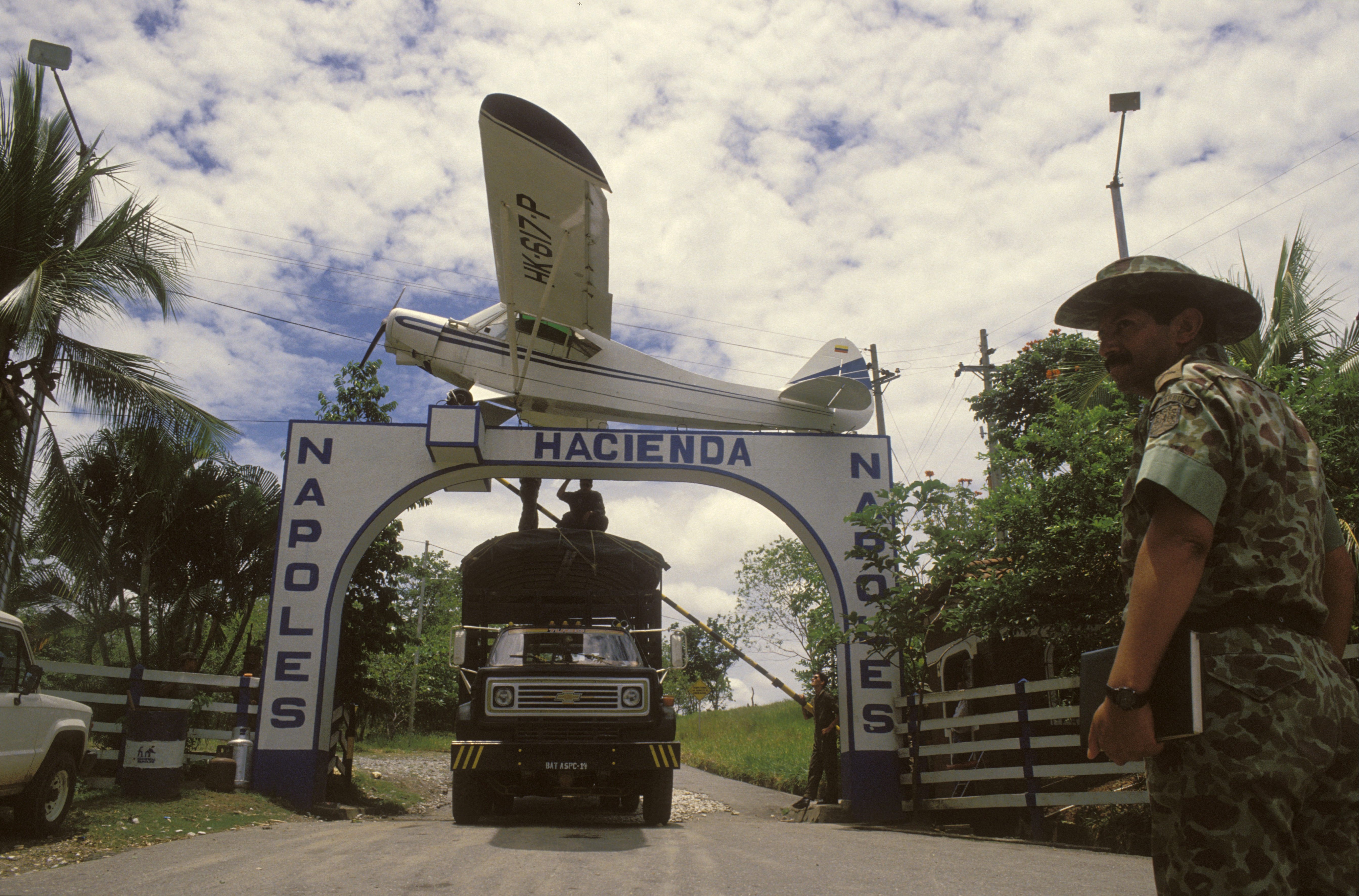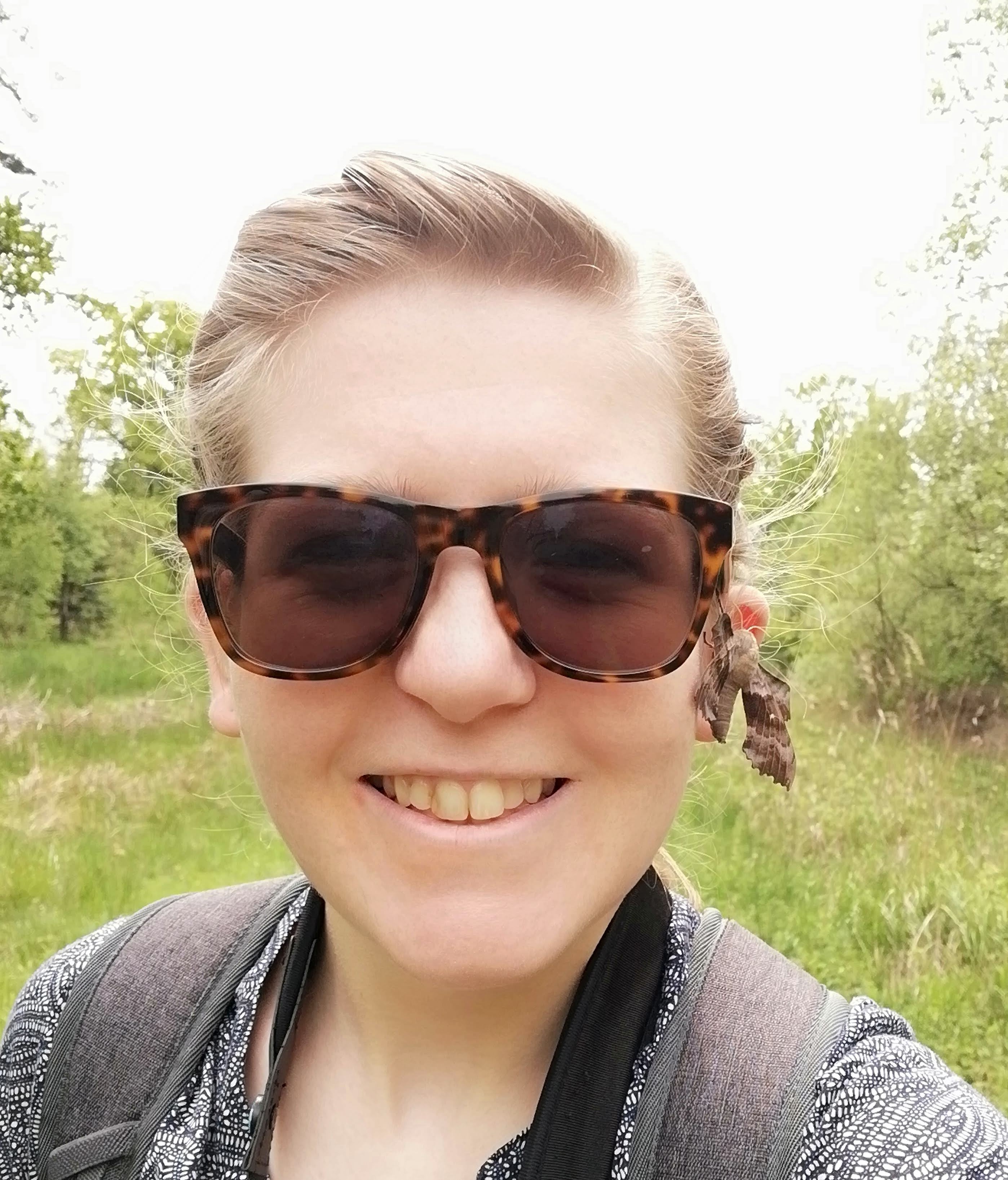Pablo Escobar's 'cocaine hippos' top 200, twice as many as we thought
A new census of the world’s largest invasive species reveals the population is roughly double the size scientists previously estimated.

Thirty years after Pablo Escobar's death in 1993, the notorious cartel leader's "cocaine hippos" are still wreaking havoc in one of the world's most biodiverse countries.
A new study of the invasive mammals' population in Colombia revealed there could be double the number experts previously estimated, Nature reported. A study in 2021 estimated that there were around 98 individuals, but the more recent census, published in April, puts the population at between 181 and 215.
These hippos are descended from just four adults that were illegally imported by Escobar in 1991 from Africa to his private zoo at Hacienda Nápoles. Although many of the zoo's other exotic animals — such as giraffes and zebras — were transferred to sanctuaries after Escobar's death, the three female hippos and the one male remained in place due to the challenges of removing them. However, they escaped the abandoned estate and have been living, and rapidly reproducing, in the Magdalena River system ever since.
Researchers calculated the revised population estimate after conducting surveys in 2021 and 2022. As well as counting hippos in person, they used drones to spot hippos in difficult-to-reach locations, as well as other tracking methods such as using footprints.
Related: Burmese pythons are helping rats take over Florida's Everglades — and that could help spread disease
Although popular with tourists and some locals, Colombia’s hippos (Hippopotamus amphibius) are an invasive species and pose a multitude of problems. Hippos are ecosystem engineers, so they are drastically changing the ecosystem around them by eating vast quantities of vegetation and filling the Magdalena River system with excrement. While excrement provides a natural source of fertilizer and nutrients for aquatic life, too much of it can have an adverse effect. A 2018 study in the journal Biological Conservation compared pools in central Tanzania that had high and low densities of hippos, and found that the former had lower oxygen content and lower diversities of invertebrates and fishes because of the high levels of excrement.

Hippos are also dangerous and kill around 500 people every year in Africa. They are territorial, aggressive, fast — both on land and in water — and very strong. There have been at least two hippo attacks on people in Colombia since 2019.
Sign up for the Live Science daily newsletter now
Get the world’s most fascinating discoveries delivered straight to your inbox.
The Colombian government has grappled with its hippo problem for a number of years. Although culling them might seem like a solution and is endorsed by some conservationists, according to Nature, there was an outcry when a dead hippo was photographed alongside a group of posing soldiers, which put paid to plans for future culls, according to the Guardian.
Wildlife officials have attempted to administer contraceptives to female hippos via darts and sterilise males, but these initiatives are proving costly and challenging. A study published in April 2023 in the journal Scientific Reports looked at contraceptives and found that it would cost between $1 million to $2 million to "sufficiently decrease hippo population growth to achieve long-term removal." However, this was based on a hippo population of 91 individuals, so this is potentially a huge underestimate of the costs.
According to the Guardian, plans have been underway to transfer 70 of the hippos to sanctuaries abroad, in northern Mexico and in India, which could cost $3.5 million. But this would still leave between 111 and 145 hippos roaming the river system, the new population estimate suggests.

Megan Shersby is a naturalist, wildlife writer and content creator. After graduating from Aberystwyth University with a BSc (Hons) degree in Animal Science, she has worked in nature communications and the conservation sector for a variety of organisations and charities, including BBC Wildlife magazine, the National Trust, two of the Wildlife Trusts and the Field Studies Council. She has bylines in the Seasons anthologies published by the Wildlife Trusts, Into The Red published by the BTO, and has written for the BBC Countryfile magazine and website, and produced podcast episodes for its award-winning podcast, The Plodcast.










